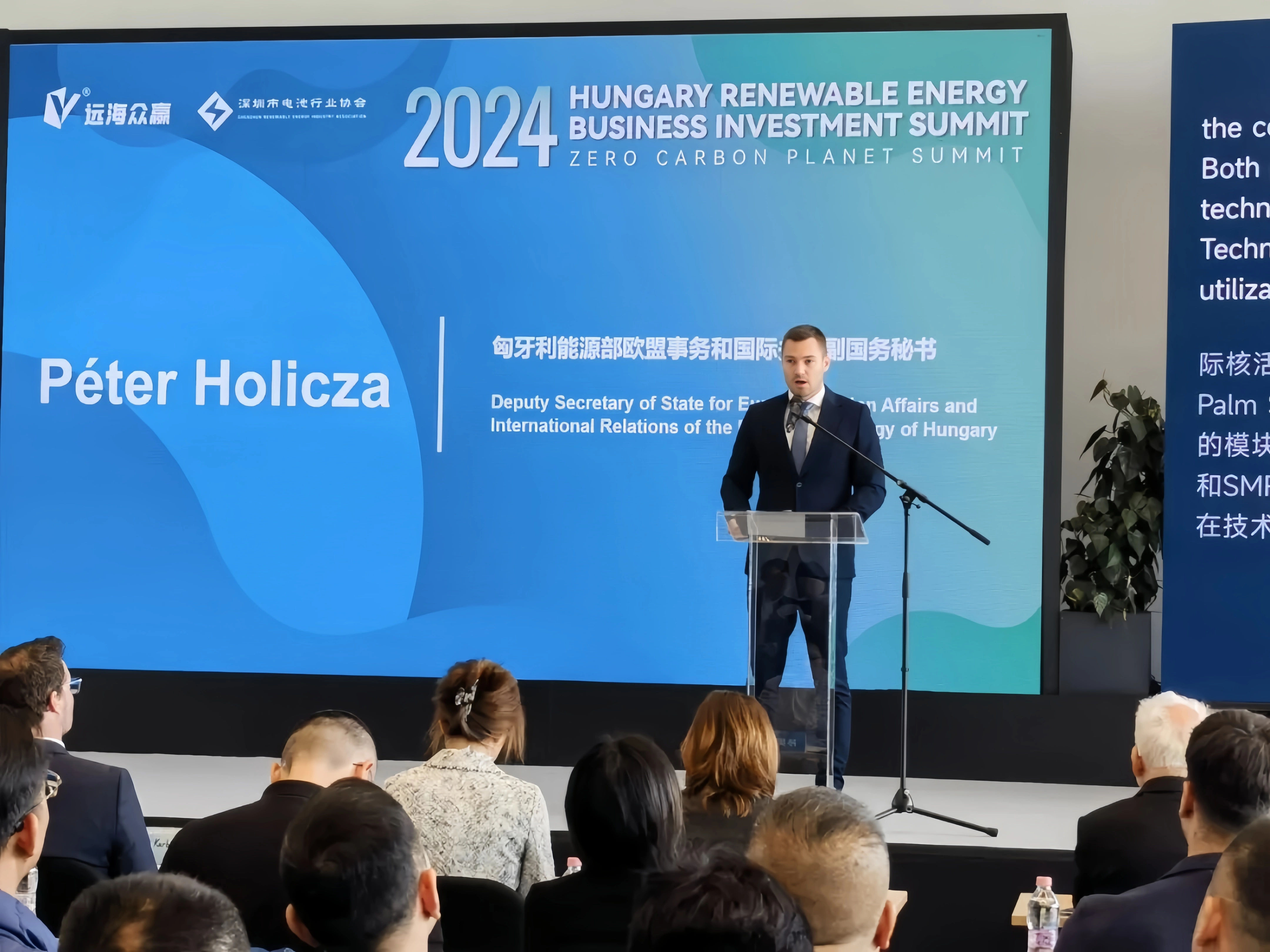Hungarian Photovoltaic Miracle----The bright light in the new energy field
2025-02-05
HEXI
Hungary's development in the field of new energy is a miracle. According to the latest government data, the newly installed photovoltaic capacity in the first 10 months of 2024 was about 1.3GW, and the growth rate of photovoltaics has exceeded the 1GW threshold for three consecutive years. This achievement is closely linked to multiple keywords in the field of new energy, such as energy, (Lifepo4) batteries, electricity, and energy storage systems, highlighting Hungary's outstanding achievements in the development of new energy. The following is an in-depth discussion of these keywords.

Energy Transition and Sustainable Development
Hungary is actively promoting energy transformation, and its Climate and Nature Conservation Action Plan aims to reduce emissions, adapt to climate change, and raise environmental awareness. It was originally planned to increase solar power generation to 6,000 megawatt-hours by 2030. However, the actual speed of solar construction has far exceeded expectations, and in 2024 it has far exceeded the government's 6GW solar target for 2030. The Ministry of Energy has therefore set a new solar power generation target of 12 gigawatt-hours. In addition, Hungary also plans to make 90% of its energy supply come from clean energy by 2030, among which nuclear energy and solar energy will play a prominent role, which reflects its firm determination to pursue sustainable energy development.
Lithium Ion battery technology and application
The application of battery technology is crucial in the development of new energy in Hungary. On the one hand, in residential photovoltaic systems, the solar LFP panels installed by households are matched with energy storage batteries. For example, in the "Solar +" project, households can obtain a system consisting of photovoltaic inverters with a minimum power of 4 kW and a maximum power of 5 kW and energy storage units with a minimum capacity of 7.5 kW and a maximum capacity of 10 kW. These batteries can store excess solar energy during the day for use at night or on rainy days, improving the self-sufficiency of household energy. On the other hand, with the increase in the number of electric vehicles in Hungary, automotive battery technology has also received attention. The Hungarian Ministry of Energy expects that the number of pure electric vehicles will increase to 120,000 by 2026. The large-scale emergence of environmentally friendly electric vehicles has prompted one of the largest sources of pollution in Hungary, automobile exhaust emissions, to drop by 7% last year. This also reflects the positive role of the application of battery technology in the transportation field in improving the environment.
Power supply and grid construction
Hungary's newly added 1.3GW of photovoltaic installed capacity has made an important contribution to the country's power supply. Numerous photovoltaic projects, including ground-mounted facilities, C&I systems and residential photovoltaic systems, can supply a large amount of clean energy to Hungary every year. For example, the two photovoltaic power stations in Szakoly and Bicske, which are jointly built by Chint New Energy and ABO Wind, can supply more than 40 million kWh of clean energy to Hungary every year, promoting the adjustment of Hungary's energy structure. In order to better accommodate and transmit this green electricity, Hungary has modernized its power grid. By expanding capacity, improving operational reliability and using smart networks, renewable energy can be easily and safely connected to the power system, ensuring the stability and reliability of power supply.

Energy storage system and energy management
Energy storage plays a key role in the development of new energy in Hungary. As solar energy resources are intermittent, cyclical and volatile, the importance of energy storage systems is self-evident. Hungary has not only implemented industrial energy storage plans, such as launching a 62 billion forint subsidy for industrial energy storage equipment bidding in January 2024, planning to increase the existing 20 MW storage capacity 20 times to 400 MW by 2026, and solve the energy storage problem of 800 MW to 1000 MW by 2030, but also encouraged the construction and application of energy storage systems by giving operators preferential conditions to exempt electricity transmission fees. In addition, at the household level, the Napenergia Plusz plan supports households to install energy storage equipment, which cooperates with solar panels to achieve a reasonable allocation of energy in time and improve energy utilization efficiency.
Hungary's new photovoltaic installed capacity of more than 1.3GW in the first 10 months of 2024 is the result of its collaborative efforts in energy transformation, lifepo4 battery application, power supply and energy storage development. This achievement not only lays a solid foundation for Hungary's sustainable energy development, but also provides valuable reference for the development of global new energy.

